What a lovely surprise it was to hear that the Michigan State University Museum wanted to buy our “Language of Color 10: Drawing Humanity.” We said, yes, of course.
The museum knows our quilt well because the museum, along with the Women of Color Quilters Network and the Desmond & Leah Tutu Legacy Foundation, mounted Ubuntutu: Life Legacies of Love and Action. Artists submitted work that celebrated the contributions of the Tutus in promoting human rights, social justice, and peace in South Africa and around the world. When we heard about this exhibition, we challenged ourselves to create a celebratory piece in our Language of Color Series. In this series, we have been creating colored pencils and imbuing them with sometimes sharp-tongued observations about race in America (and elsewhere). Click here to view these pieces. It did indeed turn out to be a challenge to focus on positive words that could honor Reverend and Mrs. Tutu.
“Flesh Colors”
Our first challenge was to make “flesh-toned” colored pencils. Since we knew we wanted to make a range of flesh tones, we started working on our color tests. Which Pantone colors reflect real flesh tones? Our research led us to the photographer Angélica Dass and her incredible “Humanae” project, in which she photographs people in front of a white screen and then selects the Pantone color for the background based on the person’s nose color.
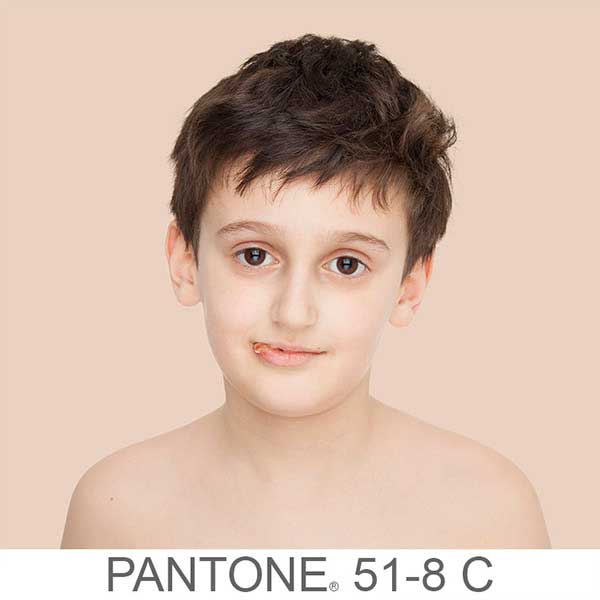
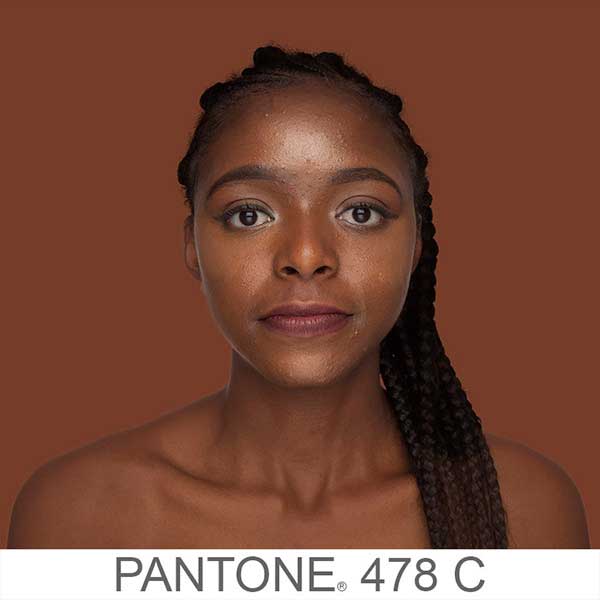
We were, of course, blown away by Dass’ incredible photographic talent. But, we were equally impressed by her goal to celebrate the multitude of “flesh” color, thereby breaking down the artificial notions of race. Click here to watch her amazing TED talk.
We made our initial collage without regard to color but instead to value. After choosing some of Dass’ Pantone colors as well as colors off L’Oreal’s skin tone chart, we overlaid those colors onto our collage. Yes, this took some testing!
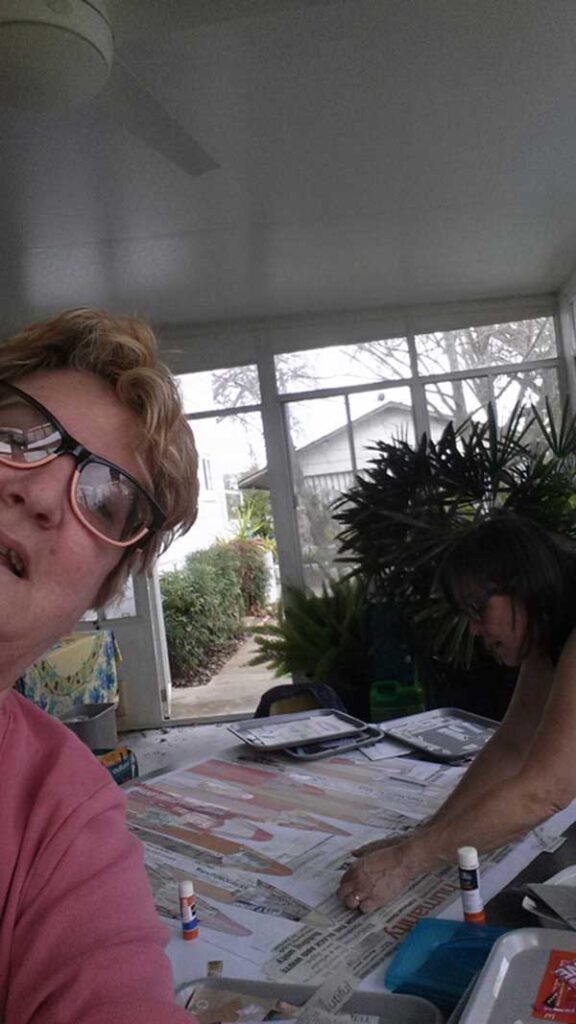
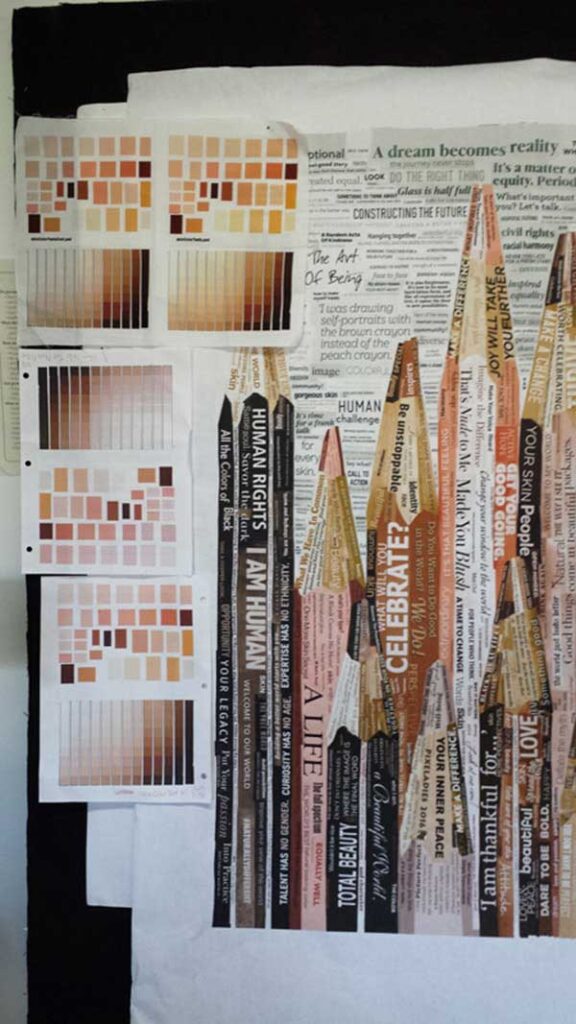
Ubuntutu Exhibition
Oh, how we wish we could have gone to the opening in South Africa! The show ended up going to a further three venues. Click here to watch a video of Rev. Tutu viewing the exhibition. Before you click on the link, make sure you notate 27 seconds into the video. If you look very closely, you can see the back of our quilt peeking through just to the right of the stained glass quilt. At 42 seconds in, you’ll see people discussing our quilt — not that you can see it very well! To top off this amazing experience, the organizers produced a high-quality catalogue to accompany the exhibit. Click here for ordering information.
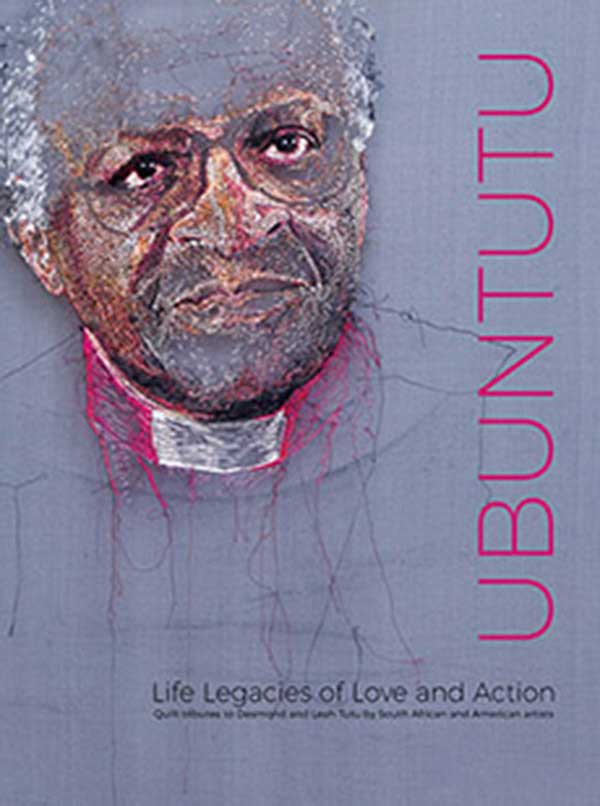
Sometimes, especially nowadays, it might seem as if ridding society of discrimination is just a pipe dream, but when we consider the work of people like Rev. and Leah Tutu and Angélica Dass, we have hope for the future. As Rev. Tutu once said, “Do your little bit of good where you are; it’s those little bits of good put together that overwhelm the world.” We hope with “Drawing Humanity” that we have done a bit of good. Now on to more projects that invite viewers to contemplate what they see in new ways.
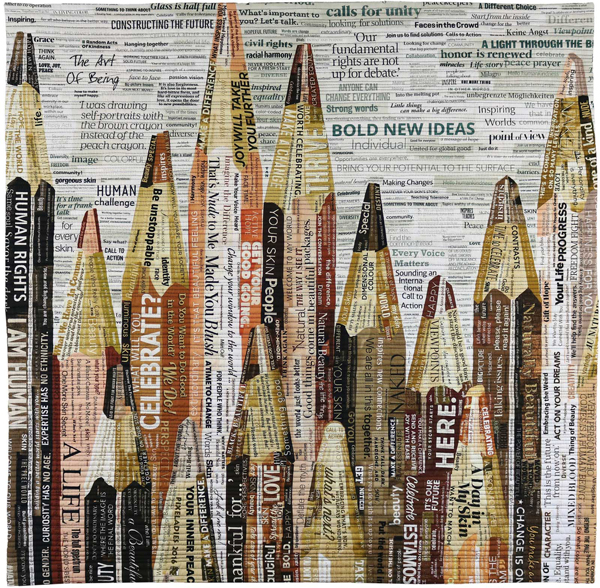

One response to “MSU Museum Purchases “Drawing Humanity””
[…] You might think that after ten shots at this topic, we would have run out of something to say. Not really. For one, we concentrated on the pencil leads in this piece, emphasizing the tips of the pencils as heads on people. This is also only one of two pieces that is really positive in nature. Finding positive words about race in newspapers and magazines is not that easy! The other “positive” piece is our homage to Desmond and Leah Tutu. You can read about it here. […]